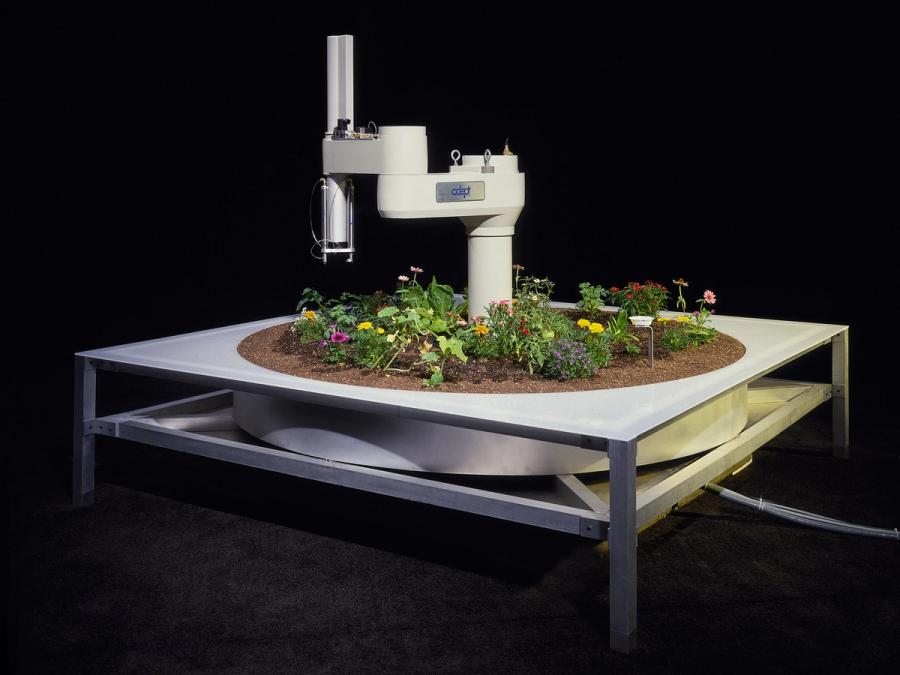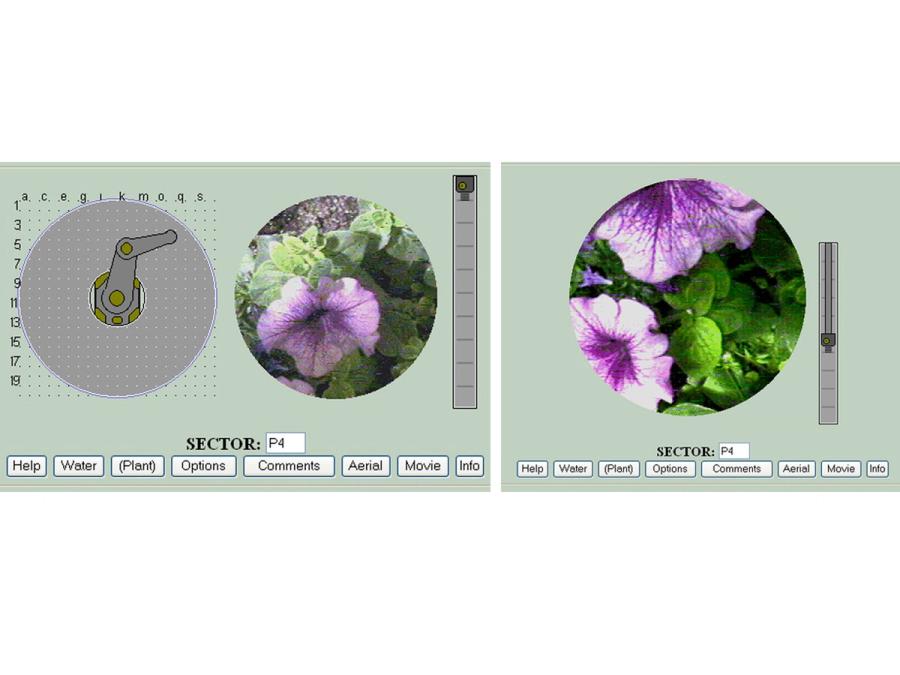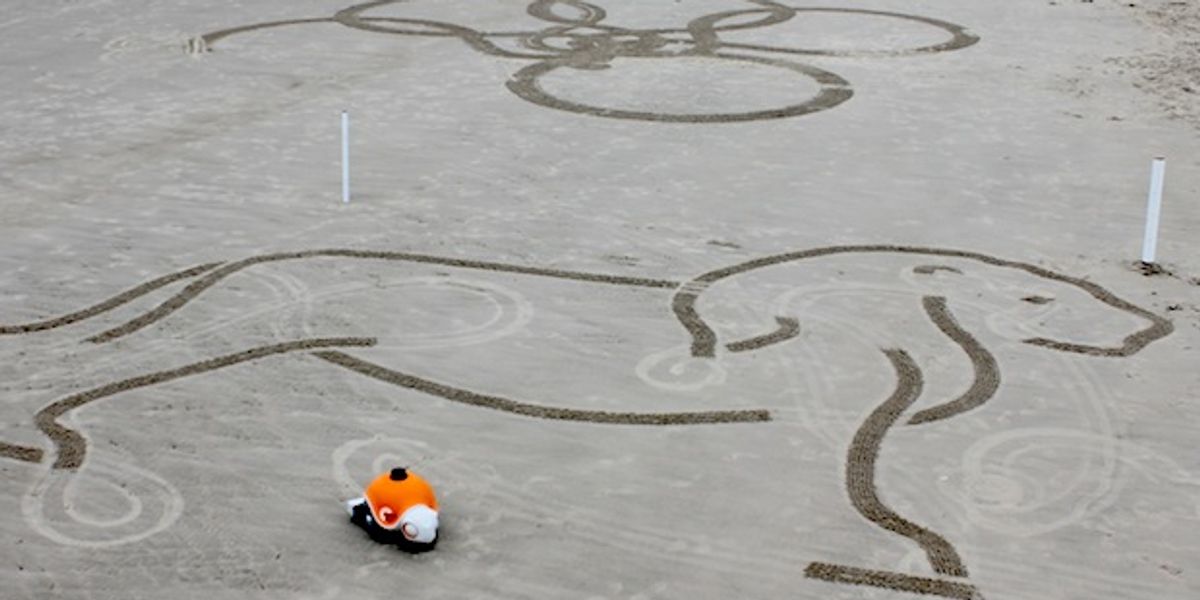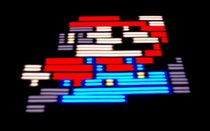Telegarden

The Telegarden was a robotic art installation that allowed anyone on the Internet to interact with a remote garden. Users teleoperated a robot arm to plant, water, and monitor the progress of living plants.
- Creator
- Year
- 1995
- Country
- United States 🇺🇸
- Categories
- Features
Did you know?
More than 100,000 people visited the Telegarden website and operated the robot during its nine years of operation.

History
The Telegarden, created at the University of Southern California, was first exhibited at the Interactive Media Festival in Los Angeles in 1995. The next year it moved to the Ars Electronica in Linz, Austria, where it was on exhibit and available 24 hours a day for eight years. It was finally disabled in August 2004. The project leads were Ken Goldberg and Joseph Santarromana, and the project team included George Bekey, Steven Gentner, Rosemary Morris, Carl Sutter, Jeff Wiegley, and Erich Berger.
Specs
- Overview
Equipped with a SCARA industrial robot. End-effector fitted with a camera, a watering line, and a seed dibble.
- Status
Inactive
- Year
1995
- Website
- Width
- 182 cm
- Height
- 152 cm
- Length
- 182 cm
- Weight
- 1000 kg
- Sensors
Color CCD camera (on the robot arm) and external cameras.
- Actuators
Adept four-axis industrial robot arm.
- Degrees of Freedom (DoF)
- 5 (Robot: 4 DoF; Seed planting system: 1 DoF)
- Materials
Aluminum frame, plastic plumbing.
- Compute
Three PCs
- Software
CGI (Common Gateway Interface) code written in C.
- Power
Power supply for robot and an air compressor for the seed pickup system.
- Cost
- $100,000 (approximate)







